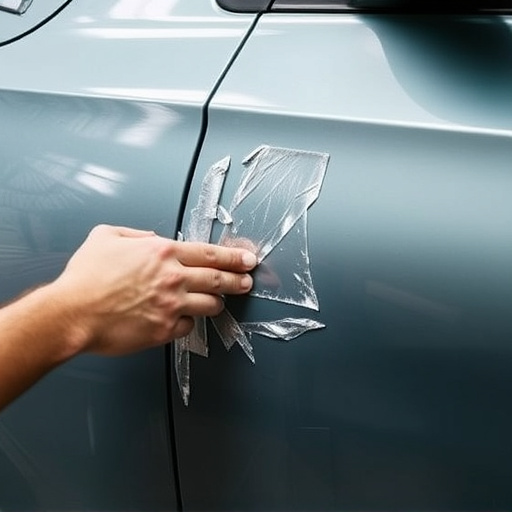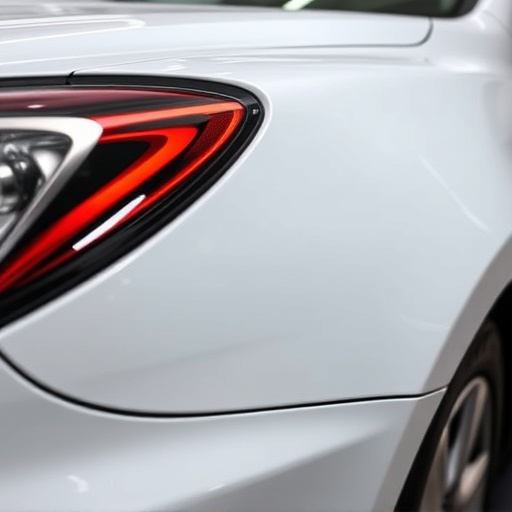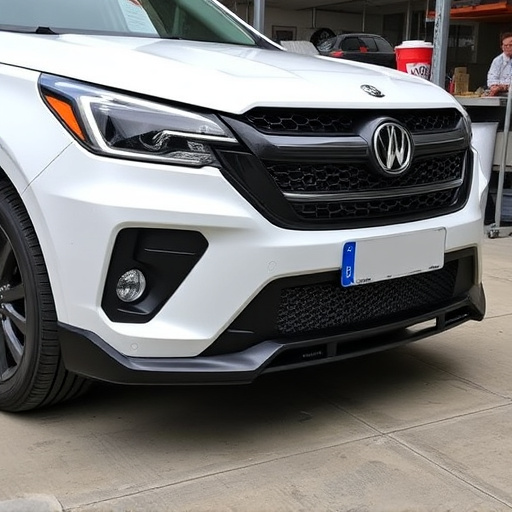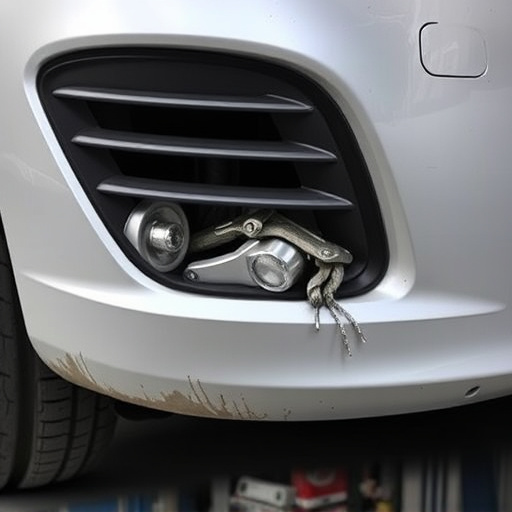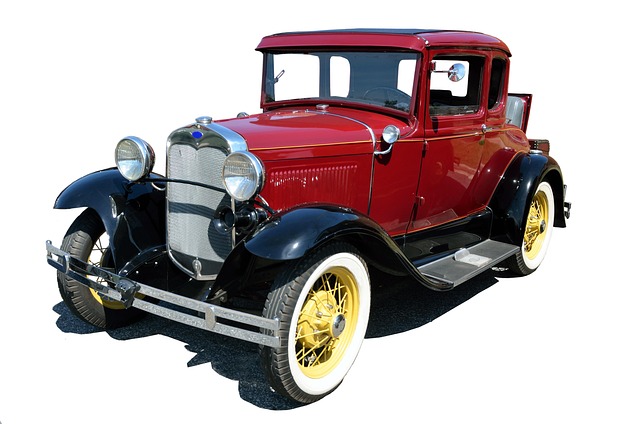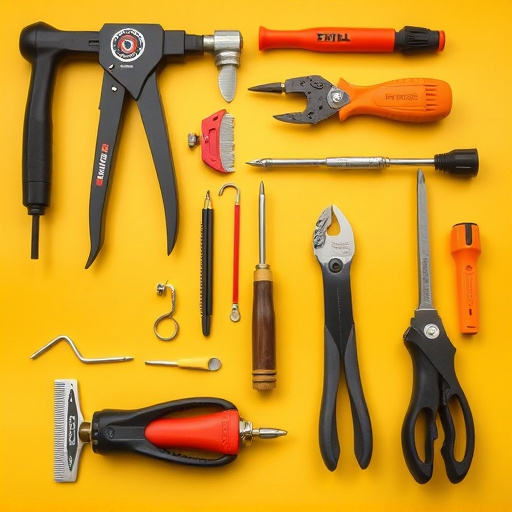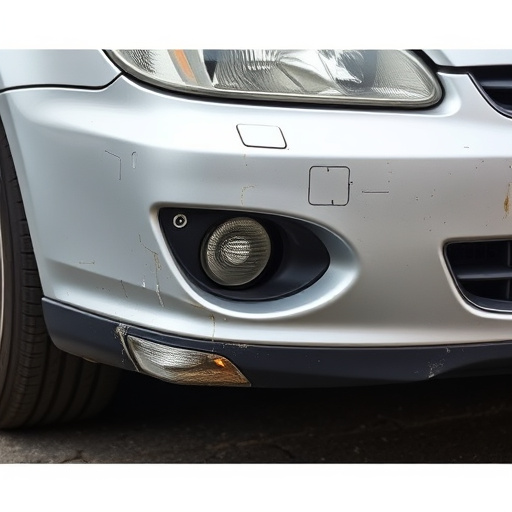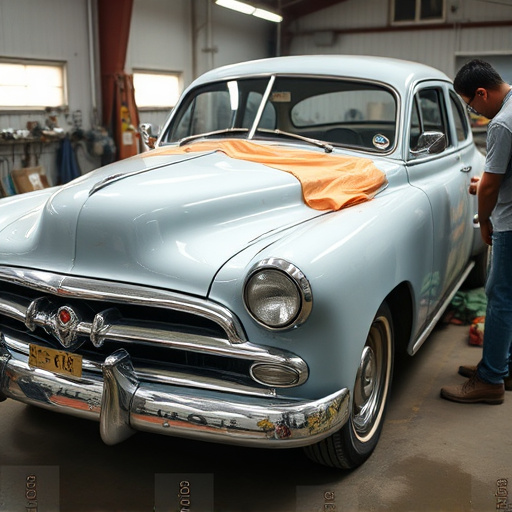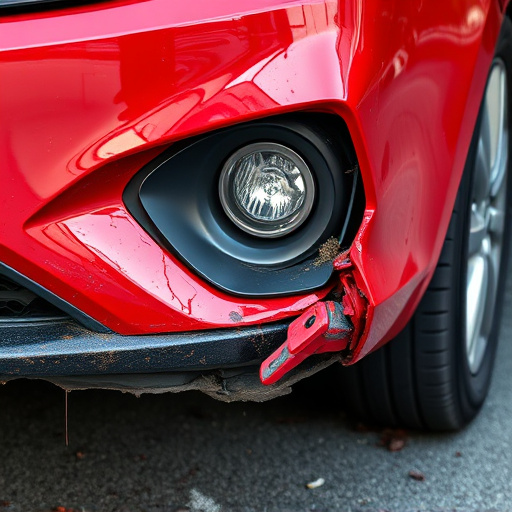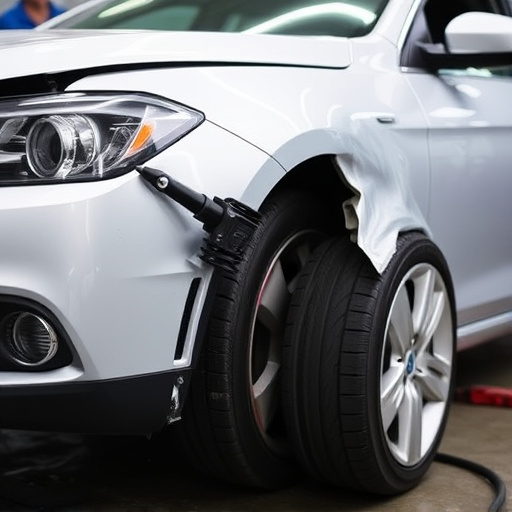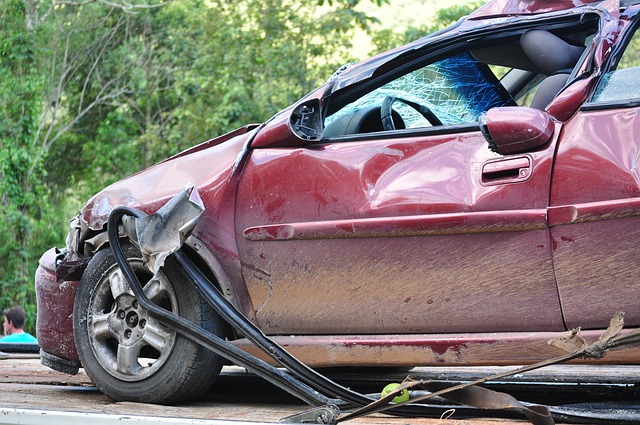Post successful hood dent removal, inspect for underlying damage and structural integrity. Clean and polish to restore aesthetics, ensuring seamless blending with surrounding panels. Conduct thorough testing and final inspection, including visual exam and test drives, for optimal performance and condition.
After successfully repairing a dented hood, proper post-fix care is crucial for optimal results. This article guides you through essential steps to ensure your vehicle’s front end looks as good as new. We’ll explore assessing the hood’s condition, employing effective cleaning and polishing techniques, and conducting thorough testing before the final inspection. Mastering these processes will facilitate seamless hood dent removal, enhancing your car’s aesthetic appeal.
- Assess the Hood's Condition Post-Repair
- Proper Cleaning and Polishing Techniques
- Testing and Final Inspection
Assess the Hood's Condition Post-Repair
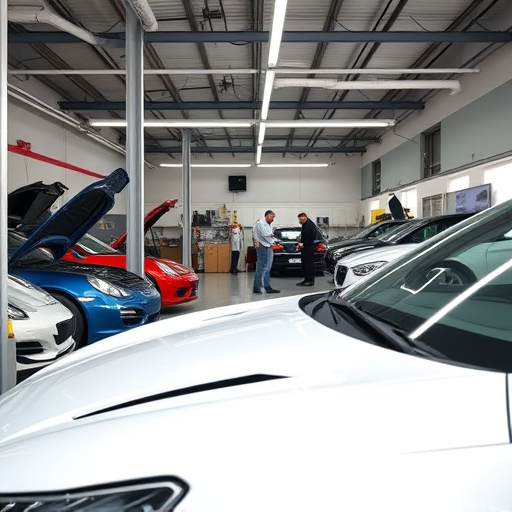
After your hood dent removal procedure is complete, it’s crucial to assess the overall condition of your vehicle’s front end. While the visible dent might be gone, there could be underlying damage that requires attention. One common issue is misalignment, which can affect the hood’s alignment and cause further problems down the line. An experienced automotive body shop technician will check for these subtler issues, ensuring that your car is safe to drive and looking its best post-repairs.
The process doesn’t stop at visual inspection. Autobody repairs often involve intricate work, and it’s essential to verify that all components have been correctly realigned and secured. This includes checking the hood’s hinges, latches, and any other hardware that was affected by the dent. Body shop services that specialize in hood dent removal will employ advanced techniques to ensure the structural integrity of your vehicle, guaranteeing a smooth ride and optimal aesthetics.
Proper Cleaning and Polishing Techniques
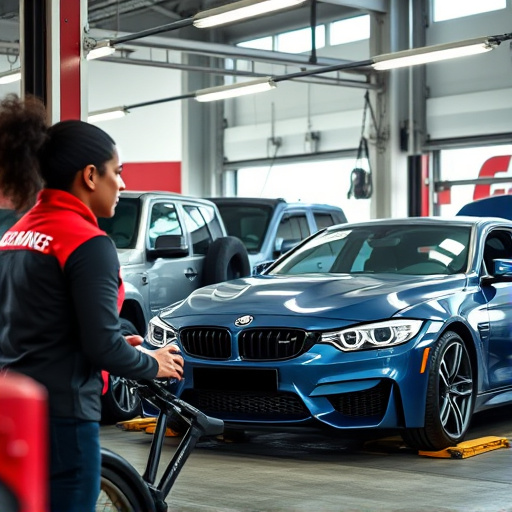
After successfully removing the hood dent, the next crucial step is to ensure proper cleaning and polishing to restore the car’s aesthetic appeal. Begin by using a dedicated dent removal cleaner to eliminate any residual marks or dirt trapped within the dented area. This process will help prepare the surface for effective polishing.
For optimal results, employ a combination of fine-grit sandpaper and a polishing compound. Start with coarser grits to gently buff away imperfections, then transition to finer grits for a smooth finish. Ensure thorough cleaning between each step to prevent cross-contamination. The goal is to achieve a seamless blend where the repaired area harmonizes perfectly with the surrounding body panels, making it virtually indistinguishable from the rest of the vehicle—a testament to effective collision repair services, whether from a minor fender bender or severe hail damage repair.
Testing and Final Inspection
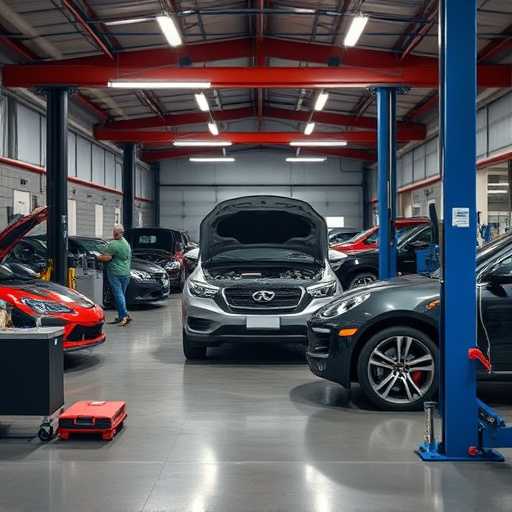
After the hood dent removal process is complete, it’s crucial to conduct thorough testing and final inspection. Start by visually examining the hood for any signs of remaining dents or misalignments. Use a flashlight or magnifying glass if needed to ensure every detail is checked. This step is essential in determining whether the repair was executed meticulously.
Next, test drive the vehicle at different speeds and over various road conditions. Check for any unusual noises, vibrations, or handling issues that could indicate improper alignment or lingering damage. If satisfied with the performance of the hood and overall car condition, you can proceed with confidence, knowing your auto collision center or bumper repair shop has successfully restored your vehicle to its pre-dent state.
After completing the hood dent removal process, including assessment, cleaning, polishing, and final inspection, your vehicle’s front end will look as good as new. Remember to use proper techniques throughout each step to ensure a flawless result. Regular maintenance and timely repairs are key to preserving your car’s exterior, so stay vigilant and address any future dents promptly. With the right approach, you can keep your vehicle’s appearance sharp and avoid more extensive repairs down the line.
